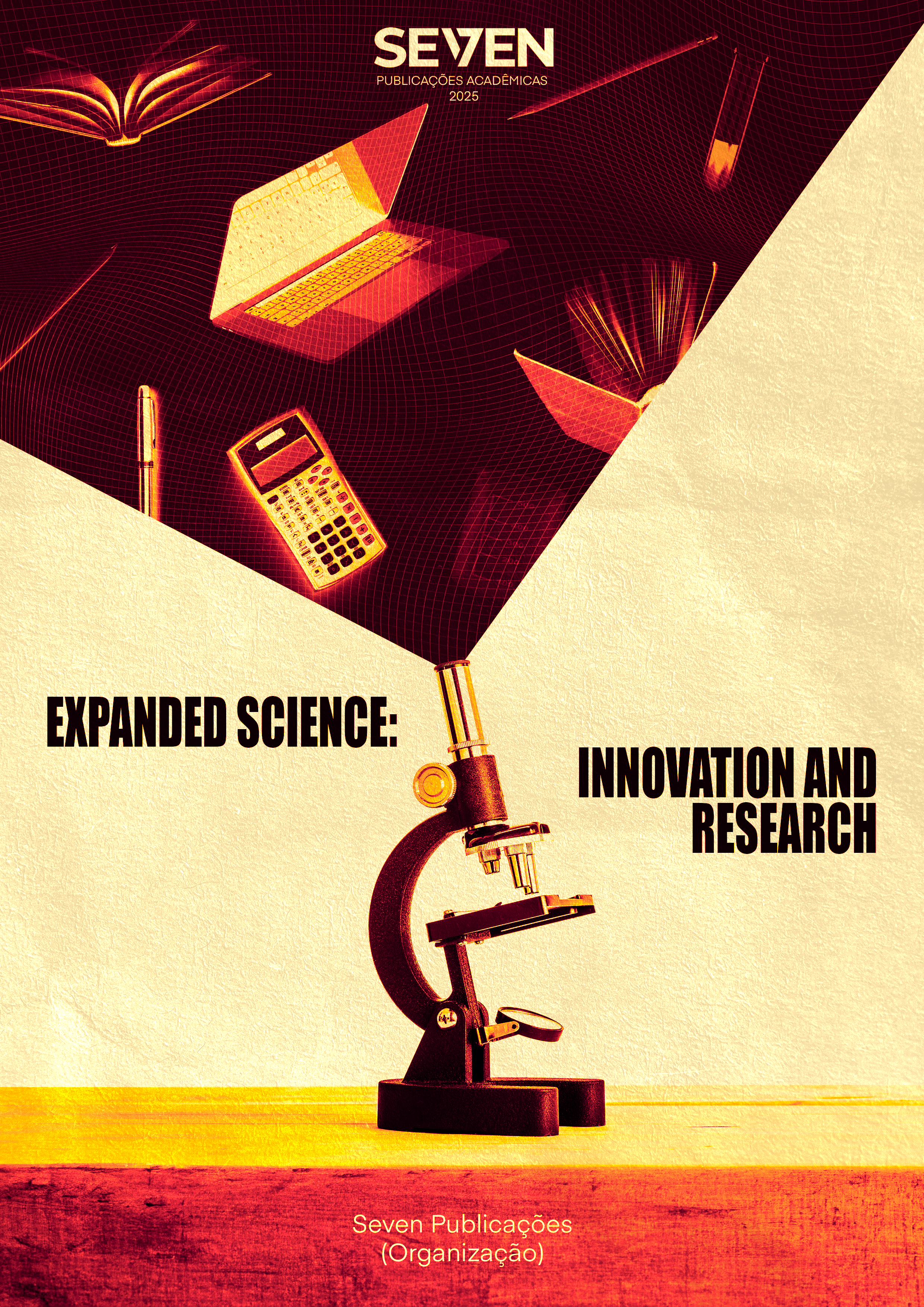SEQUENCING BASIC KNOWLEDGE IN GEOGRAPHY AND HISTORY USING ARTIFICIAL INTELLIGENCE: NEW PEDAGOGICAL PERSPECTIVES FOR SECONDARY SCHOOL
Keywords:
Curriculum Sequencing, Generative Language Models, Geography and History, Artificial Intelligence in Education, Pedagogical ApproachesAbstract
The article Sequencing the core contents of Geography and History using artificial intelligence analyzes how generative language models (LLMs) can be used to structure the secondary education curriculum, particularly in the subject of Geography and History. Its purpose is to compare the effectiveness of four models —ChatGPT, DeepSeek, Le Chat and Claude— in organizing and sequencing the core contents established in the Aragonese curriculum. The study was conducted using a methodology based on sequential prompts to interact with the LLMs. As a result, twelve thematic blocks were generated and later evaluated for their pedagogical progression, internal coherence, and epistemological orientation. The results show that, although all models use the same curricular corpus, they display significant differences in content structure, thematic hierarchy, conceptual depth, and terminological choices. Some models prioritize methodological competencies, while others focus on themes closer to students’ experiences. The study concludes that these tools not only diversify the ways in which curricular content is represented but also facilitate more flexible, contextualized teaching planning aimed at developing critical citizenship. The research highlights the potential of LLMs to generate coherent sequences based on various pedagogical approaches. These proposals encourage teachers to reflect on how content is organized and how it can be adapted to diverse educational contexts.
Downloads
Published
Issue
Section
License
Copyright (c) 2025 Carlos Guallart Moreno

This work is licensed under a Creative Commons Attribution-NonCommercial 4.0 International License.





